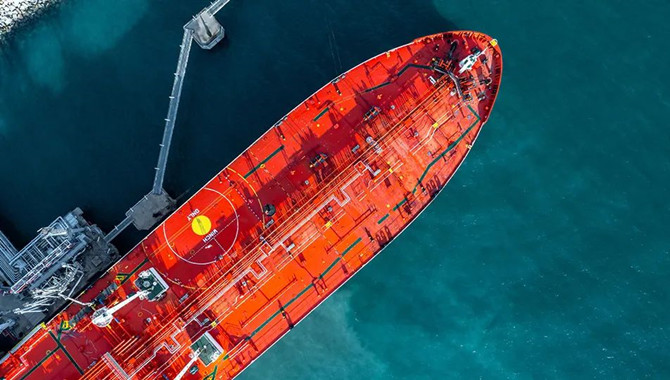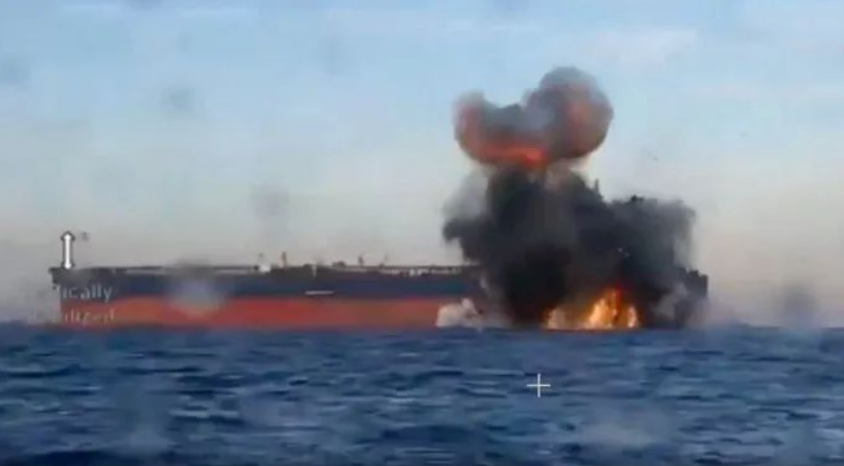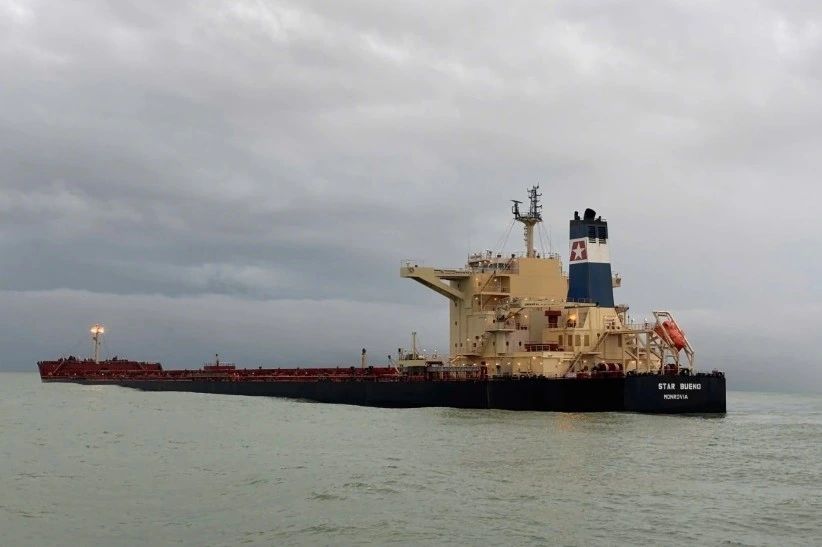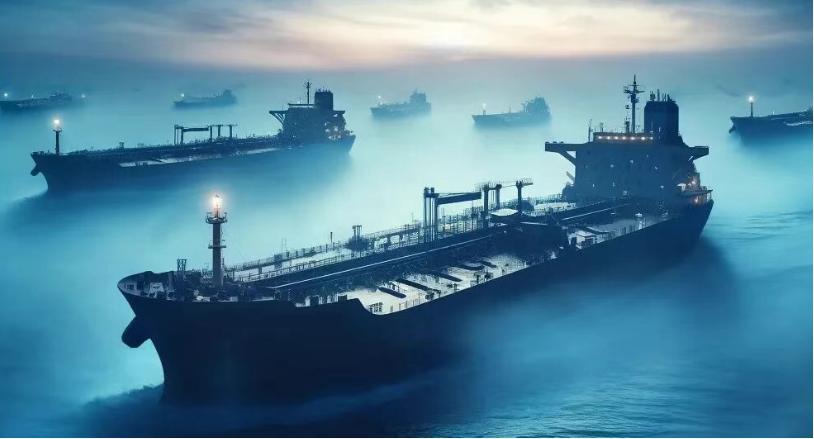
[Photo: BIMCO]
There will always be teething issues when a new regulation comes into force. At BIMCO, however, we have rarely experienced a regulation that has thrown the industry into as much turmoil as the CII regulation. However, if shipowners fix their eyes on five letters: SEEMP, and work in close collaboration with charterers, the industry may be off to a good start despite a regulatory framework that is complicated and imperfect.
This opinion article by BIMCO was written for Naftika Chronika of Greece - see pages 38-40 of ΝΑΥΤΙΚΑ ΧΡΟΝΙΚΑ - MARTIOS 2023
(https://www.naftikachronika.gr/wp-content/mag/03.2023/)
About two months ago, the CII regulation entered into force. While the framework may change over time from a mathematical perspective, the intent of the regulation is here to stay. Indeed, in its current form, the most efficient ship out there is one that is always empty and never calls at a port, but just roams the oceans at eco-speed. While such a scenario is unlikely for commercial reasons, it would give the ship the best possible CII rating. In addition, actual commercial utilisation of the ship would worsen its rating.
About two months ago, the CII regulation entered into force. While the framework may change over time from a mathematical perspective, the intent of the regulation is here to stay. Indeed, in its current form, the most efficient ship out there is one that is always empty and never calls at a port, but just roams the oceans at eco-speed. While such a scenario is unlikely for commercial reasons, it would give the ship the best possible CII rating. In addition, actual commercial utilisation of the ship would worsen its rating.
The misunderstanding aiming for “C”
While much focus is on the ratings (A, B, C, D and E), and particularly on the mid-point of the letter C, all eyes should in fact be on the five letters: SEEMP. The Ship Energy Efficiency Management Plan is the primary compliance tool in the framework. The required implementation plan documents how a ship will achieve the required CII for the next three years – with measures, timelines, responsible personnel. It also deliberates any impediments related to the measures listed.
It is a common misunderstanding that a ship must achieve a C rating to be compliant. The fact is that any rating, A, B, C, D or E, is in fact a compliant rating. There are however consequences of D and E ratings, namely corrective action plans – which must also be implemented via the SEEMP.
The ship is obliged to document in the SEEMP which concrete measures will be used to bring it back to the mid-point rating of C (the target CII or required CII mentioned above). Since all ships can supposedly achieve a “C” rating by applying the approved measures, compliance lies in the application of the implementation and corrective action plans in the SEEMP, and not in the rating itself.
Managing CII takes two: the shipowner and the charterer
Another common misunderstanding is that responsibility for compliance lies with the charterer. It is correct that the CII framework is an operational regulation and that any commercial decision on the ship’s operation will directly affect its rating. However, it is the International Safety Management (ISM) company that is responsible for a ship’s regulatory CII compliance.
In the commercial world, without close co-operation and commitment from the operators of the ship, managing the task to improve a ship’s CII will be a difficult, even impossible, task.
The CII framework will fundamentally change the way shipowners and charterers collaborate. There will be no business as usual if a ship is to achieve the target CII year after year. Century old practices and standards are therefore up for a significant revisit.
The CII rating: labelling a trade or a ship?
Another issue that we often encounter when we advise our members about the CII framework is that a low rating supposedly equals an inferior ship, a ship that may not be commercially worth as much as a ship with a higher rating. When looking closer at the CII, what it really reflects, however, is a combination of a certain degree of technical efficiency combined with the actual operation of the ship throughout the previous year. We already have objective measures specifically for the technical efficiency of a ship: the EEXI and EEDI.
Most ships are about to have a rating attached to them, and it is important to remember that the rating seen in isolation is not enough to conclude whether a ship is inferior or not. The rating of the ship likely says more about the trade it performed last year than whether it is inferior or not from a technical efficiency standpoint.
Due to the nature of the CII framework, I believe we should be very careful sticking an inferior label on ships based on their ratings. It seems fairer to say that we are labelling the trades that the ships performed the previous year rather than the ships themselves.
Is it even enforced?
“The CII regulation has no teeth”. “There is no enforcement”. These are common criticisms but, in my view, perhaps premature ones. The regulation is an International Maritime Organization (IMO) instrument, a convention. Its enforcement, as is the case with all IMO instruments, lies with the IMO Member States. It is primarily the flag states that enforce IMO Conventions by implementing them in their national laws and applying them to the ships that fly their flags. In addition, there is a second layer of enforcement by the Port State Controls directed at foreign flagged ships. This is the way the whole system is built.
So, does the regulation have teeth, or not? Is there any “hard” enforcement? Any consequences? The answer is that there is no hard enforcement, yet, and with the CII framework in its current form, perhaps that is not a bad thing. At least for now. We must remember that commercial utilisation of a ship under the present CII framework will likely lead to a poorer rating by default. Once a ship starts calling at ports offloading or loading cargo while not moving, sitting at anchorages awaiting orders, or transporting cargo around the world, the rating is by default negatively affected.
This framework is flawed, there is no doubt about that. But it is here to stay and in its current form, now may not be the best time to call for rigid enforcement and consequences. Our industry is embarking on new ways of doing business, a new way for shipowners and charterers to work together. There are most certainly teething problems but with the will from everyone involved to do their part and co-operate, I believe our industry will be able to adapt to yet another regulation that at least intends to get us one step closer to being greener.
In the meantime, BIMCO and others are busy working out a more suitable CII metric and scope of application to ensure that the rating of a ship is underpinning the business imperative of the market actors. Hopefully, we will be able to introduce the necessary changes during the review of the CII framework to be completed before 1 January 2026.
Source: BIMCO
The opinions expressed herein are the author's and not necessarily those of The Xinde Marine News.
Please Contact Us at:







